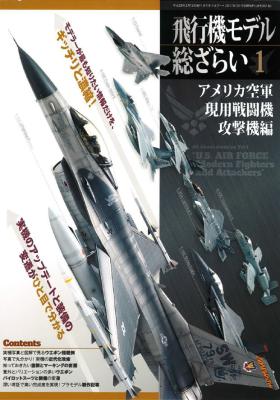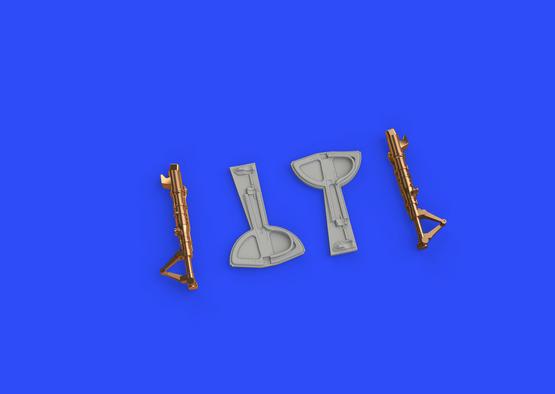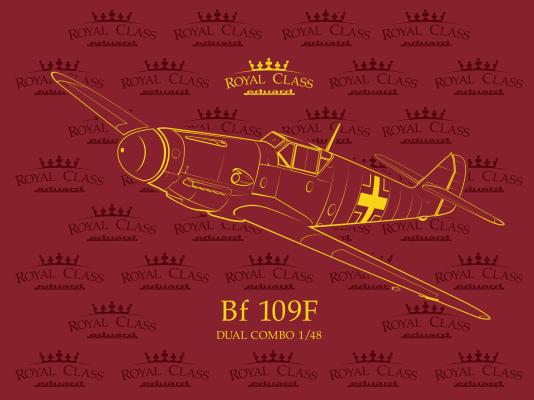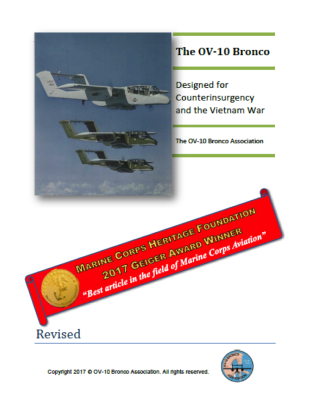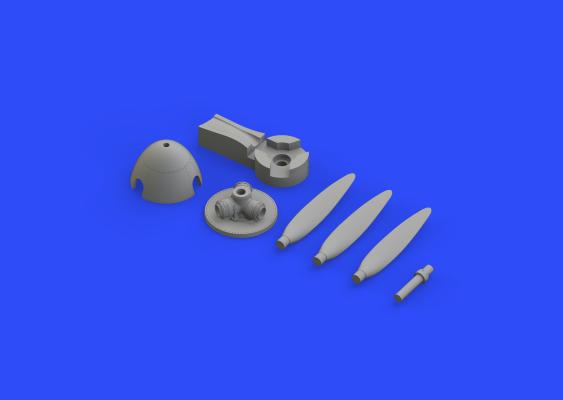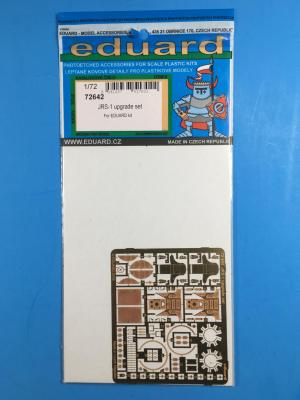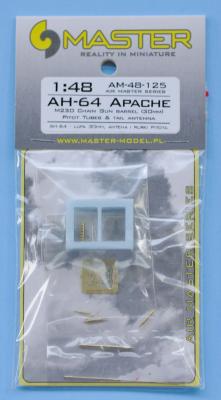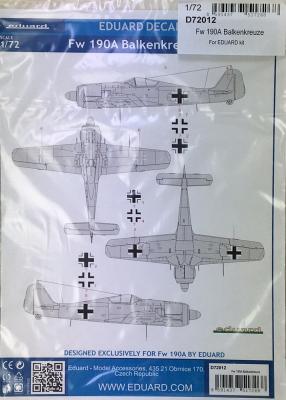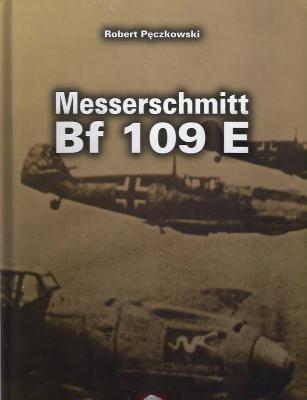Model Art Issue 63 is typical of other Model Art magazines in that it is written entirely in Japanese, with occasional English words, usually in article titles or in captions. The All About Aviation is part of the Model Art Extra series. This issue leads off with either short articles on a finished build or an in depth step-by-step ‘how to’ on the build and painting. The finished model photographs are of high quality in brightness, color, and depth of focus. Advertising is limited to two pages, the inside covers. I counted 749 color photos, one black and white drawing, and 106 color drawings, many color profiles. You will find throughout this journal, color photographs of the real aircraft that are discussed.
The Bf-109F introduced huge engine access doors for servicing the engine. With these hinged doors the Bf-109 was easy to service. This feature is a visually appealing look. So Eduard’s kit is a natural for this treatment. But with the complex look and shape of the engine and piping would they be able to capture it.
Eduard’s set is designed its 109Fs. Packaged in a sturdy cardboard box with protective Styrofoam pieces, the kit includes 46 resin parts, a photoetch fret, and decals to detail your engine. The resin pieces are secured inside of three small ziplock baggies. This prevents them from moving around and if something should break off it is easily found. My example had no breakage. The resin is the typical Eduard resin in light grey with no bubbles or warpage that I could tell. You will have to supply the solder to plumb the engine. You will need .3mm, .4mm, .5mm, .6mm and 1.0mm.
The spindly stance of the Bf-109 is always a pain on the real 109 and on models of it. They are fragile and susceptible to damage. This is especially an issue when there is no additional support around like the landing gear covers.
Eduard has an answer for that, brass landing gear. This little set is a gem and like a gem it is shiny. There are two brass landing gear legs in the blister package and two resin landing gear covers. The brass parts required very little clean up. The only part that actually needed to be cleaned up was on the mounting surface. The rest of it was beautifully cast without a mold line. The two resin landing gear doors are nice as well. The doors have detail on the inside of them as well, including the brake line. One thing about the brake line on the real thing is that it is in a circle. On this set, the loop is missing. It doesn’t detract from the set as most of it is hidden.
The pinnacle of the Eduard product line is the Royal Class series. The particular boxing features two complete Bf-109F kits, one with square wheels wells and one with round ones. Two clear plastic sprues round out the plastic parts. Brassin wheels, tail wheels and exhausts are the resin pieces included. Two pre-painted photo etch frets are included along with six brass frets. The one fret contains the parts necessary to do the F-1 variant of Werner’s Mölders, the first time this variant has been modeled. Then there are three frets for the exhaust shrouds. A single mask set includes the masks necessary for both models. Of course there are marking options, 14 of them to be exact.
Thanks to Mr. Ashby Shoop for providing me a copy of this booklet during it’s development, and the Fort Worth Aviation museum for sending a finished E-copy to me to review after purchase.
If you are looking for a quick reference on the OV-10, the Folks at the Fort Worth aviation Museum have a new document which provides an excellent, concise history of the aircraft. Included are development and early history of what the requirement is that led to the Bronco, who worked on it, and the history of how the aircraft evolved. The majority of the book focuses on Marine air and navy use; Air Force operations are touched on but not in detail.
The Eduard Bf-109F kit is a beautiful feat of engineering and looks every bit the part of a Freidrich. But what if you want to add a little bit of detail? Something outside the norm? That is where the Brassin range comes in.
There were three different types of props that were used on the Bf-109F. The Early type of prop was the VDM 9-11207. This type of propeller was used on the Bf-109F-1 and F-2s. This set depicts this prop arrangement.
This particular offering is a realistically thin and proper shaped propeller blades. There are seven resin parts and two small photo etch pieces included in the set. They are packaged in a vacuform blister pack with Styrofoam pieces to protect the pieces during transit. The resin is light grey with no blemishes or bubbles anywhere.
Thank you to the great folks at Eduard for releasing an elegant upgrade set to enhance their kit of a unique Sikorsky flying boat. Thank you also to the IPMS Reviewer Corps staff members who do the hard work in getting us kits to review, the reviews posted, and the news spread to the world.
The Sikorsky JRS-1, or S-43, is similar in appearance to the famous Pan Am Clipper, the S-42. I did not know that several of these planes survived the Pearl Harbor attack, and went in search of the Japanese fleet immediately afterward. This upgrade is very nice supplement to the base kit.
Overall Summary
The upgrade parts are all on a thin brass etched fret 2.75 x 3.25 inches in size. A color instruction and accurate placement guide accompanies the parts. Additional details for the cockpit and exterior are included. Fold lines are etched, allowing very precise forming of even the smallest handles and other small details.
This Master Model set provides a huge leap over any of the injected molded parts available on any 1/48 kit. I based this review on the older Monogram kit from 1986, but it applies to any of the 1/48 kits on the market. This set includes a turned brass tail antenna (not included on the Monogram kit), two pitot tubes (again not present on the Monogram kit), and the forward part of the M230 Chain Gun. The M230 Chain Gun parts include eight parts, but one of the parts is a spare. You can easily see the crisper detail available in the comparisons in the attached pictures.
This decal sheet states that it was designed exclusively for use with Eduard’s outstanding 1/72 Fw 190A series of kits. The sheet provides seven different styles of Balkenkreuze, consisting of the simple white outline Balkenkreuze for the upper wings, and three options for both the fuselage and the underwing Balkenkreuze. There are the simple black Balkenkreuze outline, a solid black Balkenkreuze with a white border and the solid black Balkenkreuze with the white outline and a thin black outline outside of the white. This provides a lot of options to match the style Balkenkreuze used on the aircraft you are modeling.
As with all of Eduard’s new decals, these are very thin, but strong and react extremely well to Microsol and Microset, snuggling right down over details without silvering.
You can view the book trailer for this publication at this YouTube video. This video provides a preview of the entire book, cover to cover.
Written by Robert Peczkowski with color profiles by Artur Juszczak, this book covers the evolution of the Bf-109E from 1936 to 1941, from the E-0 to the E-9 in the “Emil” series. This is the second, expanded, and revised edition of an MMP book covering the Bf-109E.

